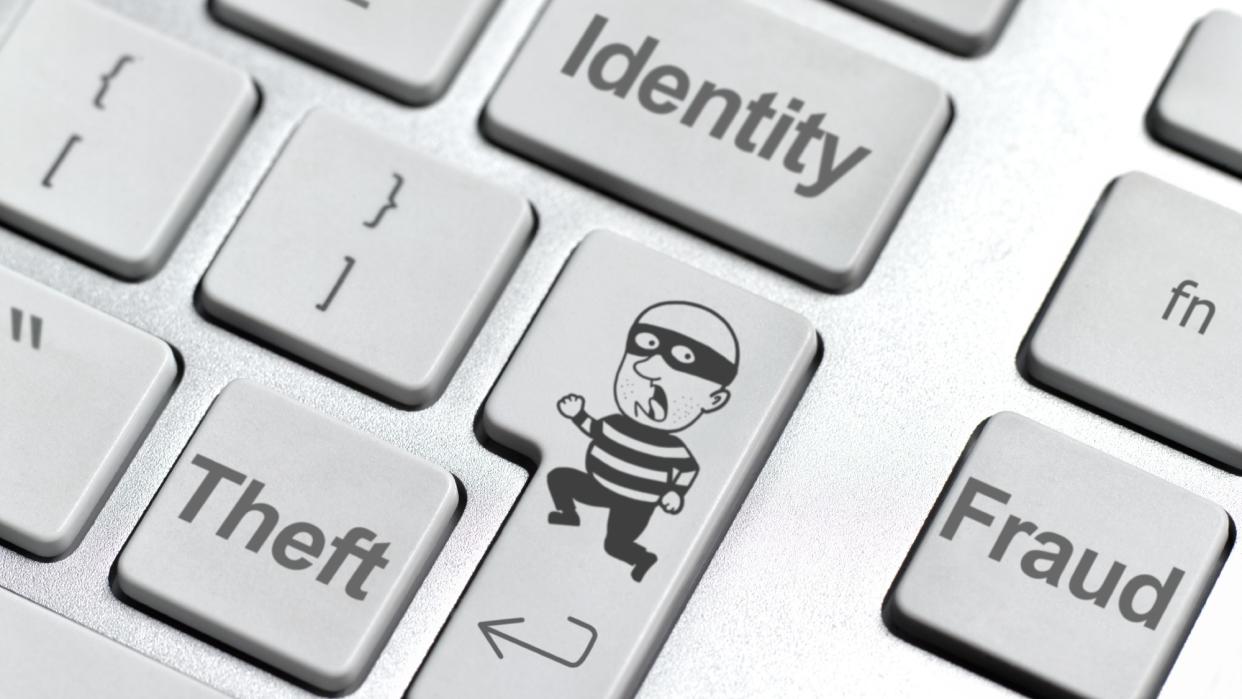4 steps to get back on your feet financially after identity fraud

When you are dealing with identity fraud, it may be hard to know how to start untangling the mess. Maybe you have new charges on your credit card you did not make yourself, or a fraudster has opened new accounts under your name. Identity fraud can even lead to broader financial implications, such as damaging your credit.
But the more proactive you are, the greater chance you have of mitigating the impacts and rebuilding your financial life. Start by taking a step back to assess the full scope of the damage — then go from there.
1. Alert any involved companies about the fraud.
If you have noticed signs of identity fraud, "don't wait to notify any company where fraudulent transactions or accounts have occurred," said U.S. News & World Report.
"The companies you need to contact will depend on the type of identity theft," said Experian, but generally, you will start by reaching out to institutions like credit card issuers, lenders, banks or credit unions — really anywhere you have accounts that may have been impacted. Let them know what happened, and it will often be possible for them to "close, freeze and correct your accounts," and potentially "reverse or cover the charges" that were made fraudulently, said Experian.
2. Set up a fraud alert and place a credit freeze.
Particularly "if you discover red flags on your credit reports, like unauthorized inquiries or accounts you didn't open, it's wise to place fraud alerts with the three credit reporting agencies," said Forbes. Effectively, said Experian, a fraud alert on your credit reports "will tell creditors that you may be the victim of identity theft and they should take extra steps to confirm your identity before opening an account in your name." Fraud alerts are free to place, and you can do so by contacting one of the three major credit bureaus: Experian, Equifax and TransUnion.
You also may consider a credit freeze, which limits who can access your credit report. Because lenders typically do a credit check whenever someone applies for credit, a freeze will thwart would-be fraudsters from opening new accounts in your name.
3. File reports with the FTC and the police.
Filing a report with the Federal Trade Commission (FTC) is an important step because "it creates an official record of the fraud, which entitles you to certain rights for identity theft victims," said Nerdwallet. Further, "the FTC will also generate a personalized recovery plan for you." You can file a report at www.identitytheft.gov or by calling 877-438-4338. Remember to hang onto a copy of it, as credit issuers and banks will likely request to see it.
Filing a report with your local police or sheriff's department is also a good idea in this situation — both because issuers may ask for a copy and "in case an identity thief presents your credentials during a traffic stop or arrest," said Bankrate. When you go in to file the report, make sure to bring along proof of identity, such as a valid driver's license.
4. Review your credit reports and correct any errors.
If incorrect information has popped up on your credit report as a result of identity fraud, it is critical to promptly dispute it. However, "a standard credit dispute likely won’t get the job done (at least not without a 30 day wait, or longer)," said Forbes, so "instead, you should file an identity theft report first, and include it with your dispute."
If you did not file a local police report, it is possible to create a report through IdentityTheft.gov. With this in hand, "you can write a letter to all three credit reporting agencies (or at least the ones who have placed fraudulent accounts on your credit report)," said Forbes, making sure to "include a copy of your identity theft report and identify the invalid accounts."
Even if this resolves the issues, continue monitoring your credit reports for a while — just to make sure the ordeal is truly over.

